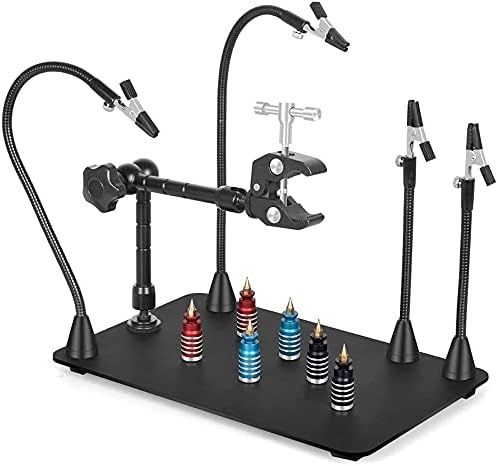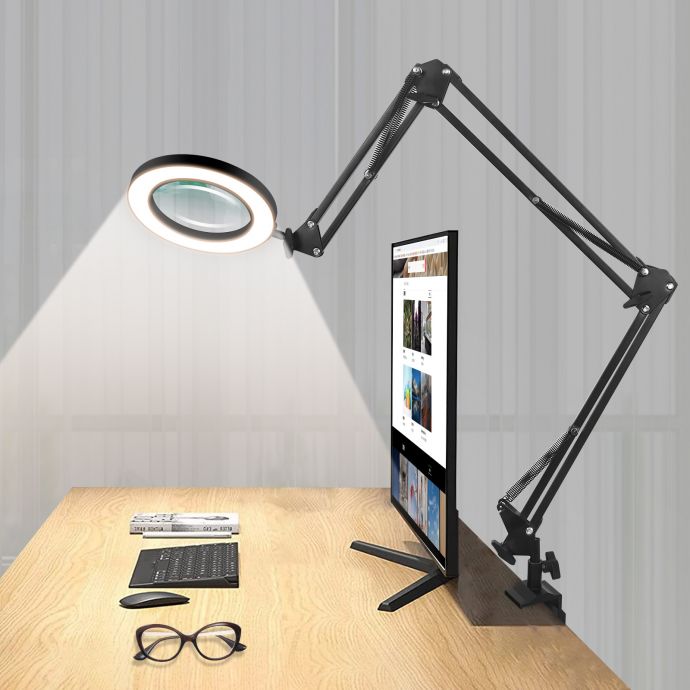In today's fast-paced and competitive world, precision is a critical aspect of success in various fields, from manufacturing to healthcare and beyond. As technology continues to advance, the demand for precise processes and outcomes grows even stronger. Improving precision is not merely about fine-tuning existing methods, but it involves a holistic approach encompassing innovative strategies, advanced technologies, and continuous improvement. This article explores several ways to maximize precision, highlighting key areas such as technology adoption, process optimization, data analysis, and training.
Firstly, adopting advanced technology is pivotal in achieving high precision. One of the most transformative technologies is automation, which minimizes human error and increases repeatability in many processes. Robotics, particularly in manufacturing, allows for tasks to be executed with incredible accuracy and consistency. Moreover, the integration of artificial intelligence (AI) provides an edge in precision through predictive analytics and machine learning algorithms. AI can process vast amounts of data to predict outcomes and optimize operations in real-time, reducing discrepancies and enhancing accuracy.

In tandem with automation and AI, precision can also be significantly enhanced through the use of high-precision tools and equipment. Industries like aerospace and automotive heavily rely on computer numerical control (CNC) machines, which offer exceptional control and precision in the creation of complex parts. The use of advanced measuring tools, such as laser scanners and coordinate measuring machines (CMMs), further ensures that components meet exact specifications, effectively closing the loop on quality assurance.
Beyond technology, process optimization plays a crucial role in maximizing precision. Lean methodologies and Six Sigma principles can be employed to identify inefficiencies and eliminate variation in processes. By streamlining workflows and employing continuous improvement strategies, organizations can diminish waste and enhance precision. Lean focuses on creating value through eliminating non-value-added activities, which indirectly enhances the accuracy and reliability of outputs. Six Sigma, on the other hand, provides data-driven techniques to reduce process variability and defects, aligning closely with the goal of increased precision.
Equally important in precision enhancement is the role of rigorous data analysis and quality control. Data-driven decision-making is paramount in identifying areas where precision can be improved. Implementing robust data collection and analysis systems help organizations in auditing their processes regularly. Statistical process control (SPC) is an effective method for monitoring production processes, using statistical methods to detect and control variability. This practice ensures that processes remain within specified limits, providing a deeper understanding of process capabilities and the potential for precision improvement.

However, technological and process optimizations are only as effective as the workforce behind them. Therefore, investing in education and training is essential to maximizing precision. Skilled employees who understand precision tools, equipment, and methodologies are crucial for achieving desired outcomes. Continuous education programs, certifications, and hands-on training workshops can significantly upgrade the skill set of employees. Empowering workers with knowledge and skills infuses precision at every level of the organization and fosters a culture of quality and accuracy.
Another often overlooked aspect of maximizing precision is maintaining an environment conducive to precision. This includes temperature and humidity control in manufacturing settings, as these environmental factors can affect material properties and machine performance. Regular calibration and maintenance of equipment are necessary to ensure that they function at optimal precision levels. Additionally, instilling a mindset of precision among employees, where attention to detail and commitment to quality are valued, can significantly influence the precision of processes and products.
Finally, collaboration and communication are components that cannot be understated. Precision often requires coordination across multiple departments and stakeholders. Ensuring clear communication channels and fostering interdisciplinary collaboration can unify efforts towards shared precision-related goals. In complex projects, precision is achieved when all parts of the system are seamlessly integrated and functioning towards common objectives.

Achieving maximum precision is a comprehensive challenge that involves a blend of technological, process-oriented, and human factors. The pathway to precision is not static but an evolving journey that requires continuous attention and adaptation. As technology evolves and new methodologies emerge, businesses that remain agile and committed to precision will not only survive but thrive in the competitive landscape.





